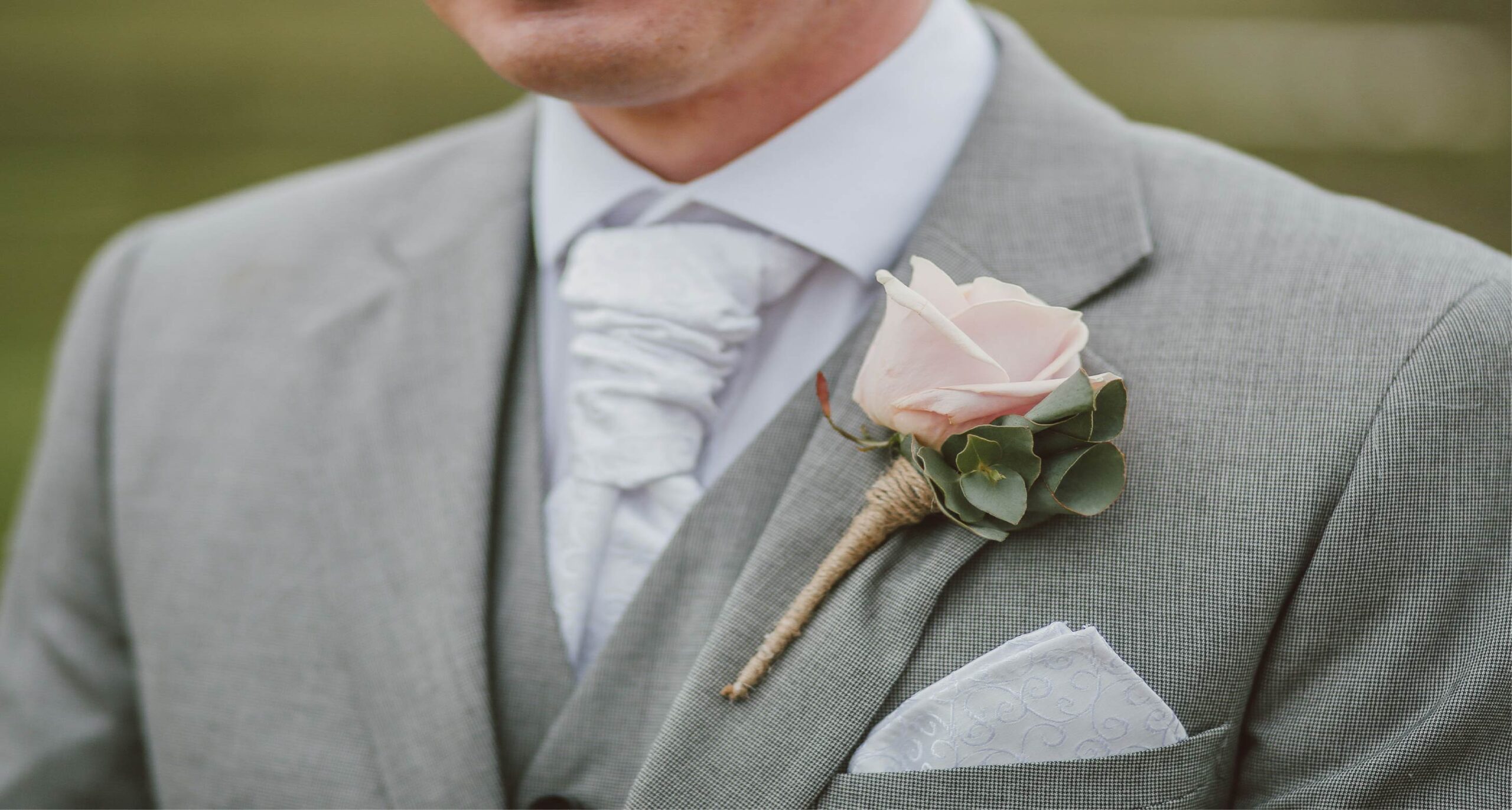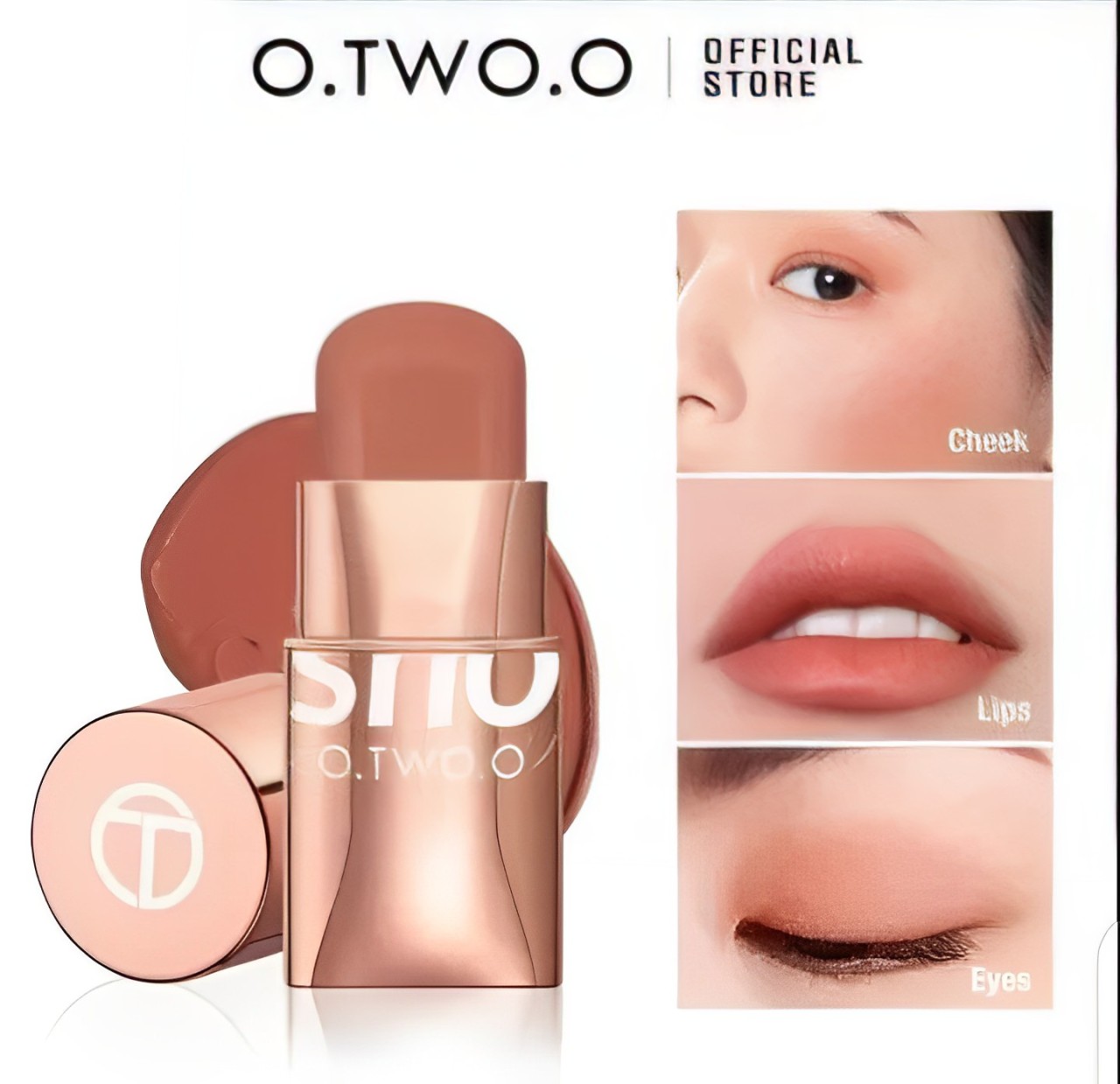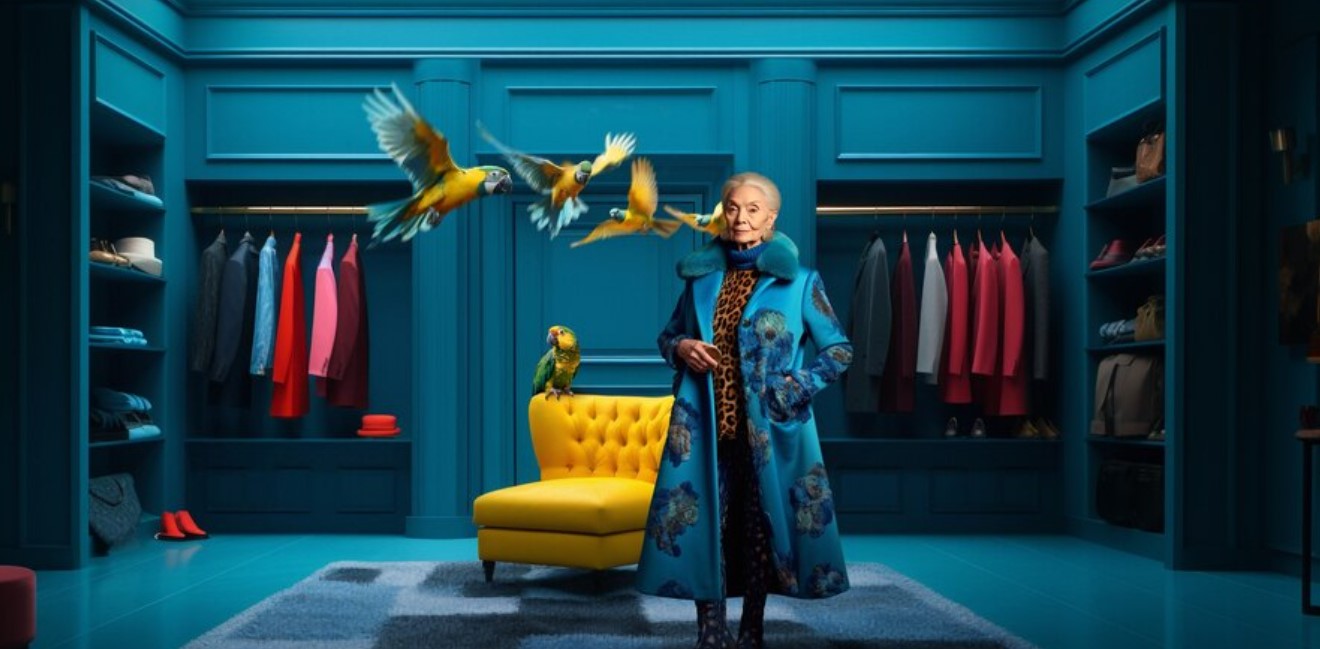Introduction
Boutonniere is a small yet significant accessory that can add a touch of elegance to any formal attire. Originating from the French word “boutonnière,” meaning buttonhole, these floral adornments have a rich history and have evolved in style over centuries. But what exactly is a boutonniere, and how did it become a staple in men’s formal fashion?
A boutonniere is a small flower or floral arrangement worn on the lapel of a suit or tuxedo. Traditionally, it is pinned to the left lapel, just above the heart. The history of the boutonniere dates back to ancient civilizations where flowers were worn for protection against evil spirits. Over time, the practice evolved, and by the 19th century, boutonnieres became a symbol of sophistication and gentlemanly charm.
The Art of Choosing a Boutonniere
Types of Flowers

The type of flower is crucial when selecting the perfect boutonniere. Classic choices such as roses and carnations are always a safe bet. These flowers are timeless and versatile, fitting various suit styles and colors.
However, if you want to make a statement, unique options like succulents and orchids can add an unexpected twist to your ensemble. Succulents offer a modern, minimalist appeal, while orchids bring an exotic flair that can elevate your look.
Color Coordination
The color of your boutonniere should complement your suit or tuxedo and the event’s overall theme. Matching the flower to a secondary color in your ensemble can create a cohesive and polished look. For weddings, it’s common to coordinate the boutonniere with the bridal bouquet or the wedding theme colors to ensure harmony in the visual elements.
How to Wear a Boutonniere
Placement Tips
Correct placement of a boutonniere is essential for it to look its best. It should be pinned on the left lapel, positioned above the heart. The stem should parallel the lapel, and the flower should face outward. To ensure it stays secure throughout the event, use a pin to fasten the stem at the top and bottom.
Wearing Etiquette
Boutonnieres are traditionally worn by the groom, groomsmen, fathers of the bride and groom, and other male members of the wedding party. However, they are not confined to weddings alone. Boutonnieres can be worn at formal events like proms, galas, and black-tie affairs to add a sophisticated touch to your attire.
DIY vs. Professional Help
Making Your Own
Creating your boutonniere can be a rewarding experience if you are a hands-on person. Here is a step-by-step guide to making a simple boutonniere:
- Gather your materials: a fresh flower, greenery, floral tape, floral wire, and a pin.
- Trim the flower stem to about 3 inches long.
- Place the greenery behind the flower and arrange it to your liking.
- Wrap the floral wire around the stems to secure the arrangement.
- Cover the wire with floral tape, winding it tightly to ensure stability.
- Pin the boutonniere to your lapel, ensuring it is secure and positioned correctly.
Getting Professional Assistance
While DIY boutonnieres can be a fun project, hiring a professional florist has its benefits. Florists bring expertise and experience, ensuring your boutonniere is beautiful and durable. Customization options are abundant when working with a florist, allowing you to choose from various flowers, colors, and designs to match your vision perfectly.
Maintenance Tips for Fresh Florals
Pre-event Care
Proper pre-event care is crucial to keeping your boutonniere looking fresh and vibrant. Store it in a cool place, such as a refrigerator, to prevent wilting. Ensure the flower is hydrated by placing the stem in water or using a floral water tube.
During Event Upkeep
Even with the best pre-event care, flowers can sometimes wilt or get damaged during the event. Keep a few extra pins and a small spray bottle of water handy to handle quick fixes. A light mist can revive the flower’s appearance, while extra pins can secure loose elements.
Modern Trends in Boutonniere
Incorporating Non-Floral Elements
Modern boutonnieres are not limited to just flowers. Incorporating non-floral elements like feathers, beads, and other embellishments can add a unique touch to your boutonniere. These elements can reflect personal style and add a creative twist to traditional designs.
Eco-Friendly Alternatives
As sustainability becomes increasingly essential, eco-friendly boutonnieres are on the rise. Using sustainable flowers or reusable boutonnieres made from fabric or other materials can reduce environmental impact while providing a stylish accessory.
Conclusion
In conclusion, a boutonniere is a small but impactful accessory that adds elegance to any formal ensemble. By understanding the different types of flowers, color coordination, and proper wearing techniques, you can ensure your boutonniere enhances your look. Whether you choose to DIY or hire a professional, paying attention to detail and considering modern trends can make your boutonniere stand out. Embrace personalization and creativity to make this floral touch truly your own.





